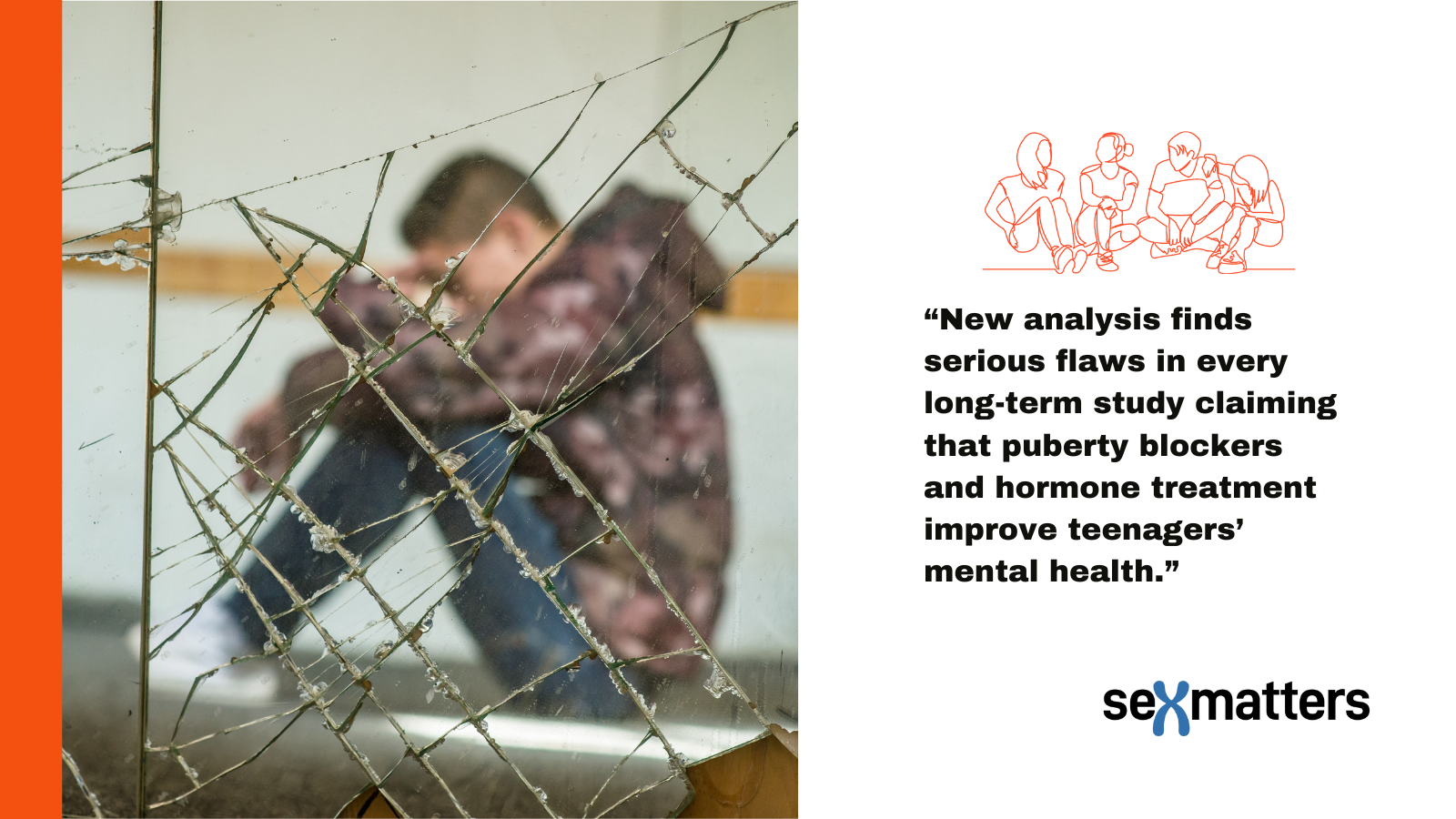The “gender-affirming” care model is built on sand

Our new report shows that the “gender-affirming” model of care for teenagers is based on evidence that falls apart under examination. Researchers and clinicians often argue that gender-questioning teenagers need puberty blockers and hormone treatment because their mental health will suffer without them. But all long-term studies showing mental-health benefits from these treatments have serious limitations. A re-analysis of their data shows these benefits to be no greater than the placebo effect.
Meanwhile, there is strong evidence that this medical pathway causes physical harm. It can lead to infertility and loss of future sexual function; among multiple side effects, bone health suffers. These might be justifiable if the mental-health benefits were significant. They aren’t, though. Perhaps there are some teenagers for whom the cost-benefit analysis works out – but we have no evidence to tell us which ones, or under what circumstances. We do know that the physical impacts are significant, and the mental-health improvements minimal.
In the gender-affirming care literature, reports of mental-health benefits tend to get recycled. Few papers look at the original studies through a critical lens. Instead, findings are inflated and limitations overlooked. A fresh analysis of the evidence base is urgently needed, in which the studies are reviewed and re-interpreted to remove unjustified claims of benefit. This should be a priority for clinics, universities, funders and journals.
The supposed benefits of social transition also give way under scrutiny. Using a different name and pronouns for a gender-questioning child is linked to gender dysphoria persisting. We don’t know if the link is causal – but the possibility should not be ignored by schools and other institutions that are supposed to put child safeguarding ahead of all other considerations. Schools that accommodate social transition, for example new names, “preferred pronouns” and perhaps even allowing children to use facilities for the opposite sex if that is how they identify, should rethink. It is anything but kind to act in ways that prolong children’s distress.
While the evidence base is reassessed and decent-quality studies are commissioned, a better approach is “supportive waiting”. There is a lot of evidence to support it in mental-health research, although it too needs to be interrogated and tested in the field of gender dysphoria. Its major benefits are that it has little potential to cause harm and a lot of promise for alleviating distress. It means validating children for who they are – what they think, what they feel, what they enjoy. It means accepting gender non-conformity. It means helping children to reconnect with their bodies and to form stronger relationships with those around them.
None of this is easy. Families of gender-distressed children will need a great deal of help. But if the institutions that form the backdrop to teenagers’ lives – their schools, their healthcare settings, their clubs – set aside shoddy research and avoid facilitating distress, it will be possible to find a path to something better.
See also part 1 of Teenagers and gender identity – the evidence base:
